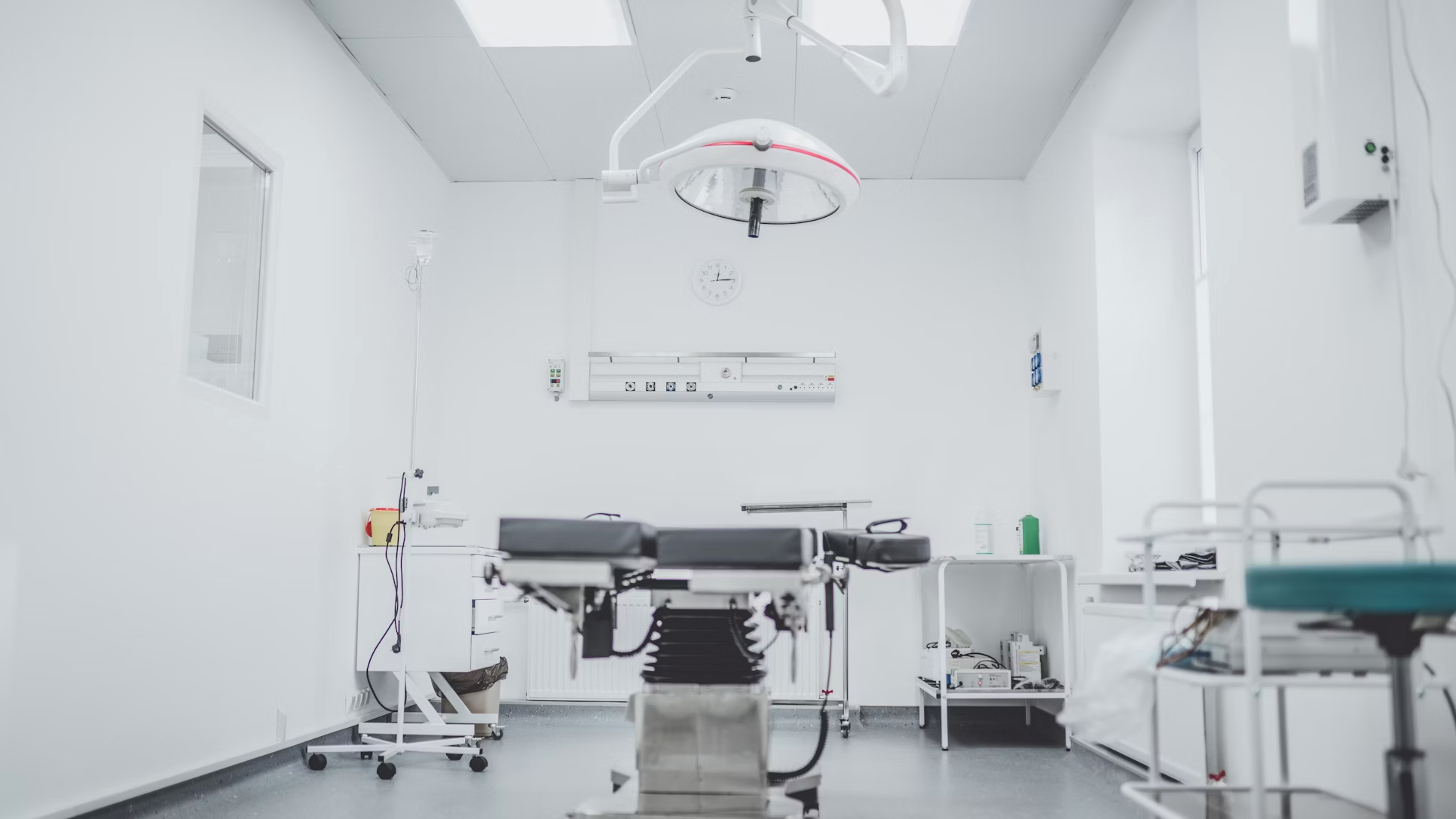
In the realm of healthcare, the materials used in medical equipment and devices are as critical as the technologies they support. Medical-grade acrylic and PETG (polyethylene terephthalate glycol-modified) products have gained prominence due to their exceptional properties, which make them indispensable in medical settings.
This article delves into the significance of these materials, highlighting their unique characteristics and role in advancing medical care.
Durability and Safety
One of the primary reasons for the widespread use of medical-grade acrylic and PETG is their durability. These materials can withstand rigorous conditions without compromising their integrity. Acrylic is known for its strength and resistance to impact, making it ideal for applications such as incubators, surgical instruments, and diagnostic equipment.
PETG, on the other hand, offers excellent chemical resistance and can endure repeated sterilization processes without degrading. This durability ensures that medical devices remain reliable and safe for patient care.
Clarity and Transparency
Visibility is crucial in medical environments. Medical-grade acrylic and PETG provide exceptional clarity and transparency, which is vital for various medical applications. Acrylic’s crystal-clear appearance allows for precise visual assessments, which are essential in diagnostic tools and laboratory equipment.
PETG’s transparency also facilitates accurate monitoring of medical devices, ensuring that healthcare professionals can observe and assess conditions effectively. This clarity helps reduce errors and enhance the quality of care provided to patients.
Bio-compatibility and Sterilization
Bio-compatibility is a critical factor in selecting materials for medical use. Both acrylic and PETG meet stringent bio-compatibility standards, ensuring they do not cause adverse reactions when in contact with tissues and fluids.
Medical-grade acrylic is often used in applications that require direct contact with patients, such as dental devices and prosthetics. PETG’s bio-compatibility makes it suitable for pharmaceutical packaging and fluid delivery systems. Furthermore, these materials can be easily sterilized using various methods, including gamma radiation, ethylene oxide, and autoclaving, making them versatile in different medical settings.
Versatility in Applications
The versatility of medical-grade acrylic and PETG extends to a wide range of applications. Acrylic is frequently used to fabricate protective barriers, face shields, and enclosures for medical equipment.
Its ability to be molded into complex shapes allows for innovative designs in medical devices. PETG’s flexibility and ease of fabrication make it ideal for creating custom components and disposable medical products. From surgical trays to drug delivery systems, the adaptability of these materials supports diverse medical needs.
Cost-Effectiveness and Accessibility
Cost is a significant consideration in the healthcare industry. Medical-grade acrylic and PETG offer a balance of performance and affordability. Acrylic is relatively inexpensive compared to other high-performance materials, yet it provides excellent durability and clarity. PETG, while slightly more expensive than standard plastics, offers superior chemical resistance and ease of processing, making it cost-effective in the long run.
Enhancing Patient Outcomes
Ultimately, using medical-grade acrylic and PETG products contributes to better patient outcomes. The reliability and safety of these materials ensure that medical devices function correctly, reducing the risk of complications. The clarity and biocompatibility of acrylic and PETG allow for precise diagnostics and effective treatments.
Additionally, understanding who qualifies for OTC card benefits can help patients access necessary medical supplies made from these materials. By choosing these materials, healthcare providers can improve the quality of care, enhance patient safety, and achieve more accurate results.
Environmental Considerations
In addition to their medical benefits, acrylic and PETG are also environmentally friendly options. Both materials are recyclable, which helps reduce medical waste. PETG, in particular, has a lower environmental impact than other plastics due to its able to be recycled and lower energy consumption during production. By incorporating sustainable materials into medical products, the healthcare industry can contribute to environmental conservation efforts while maintaining high standards of patient care.
Conclusion
Medical-grade acrylic and PETG products play a crucial role in the healthcare industry. Their durability, clarity, bio-compatibility, and versatility make them ideal for various medical applications. These materials not only enhance the performance and safety of medical devices but also contribute to cost-effective and environmentally sustainable healthcare solutions.

